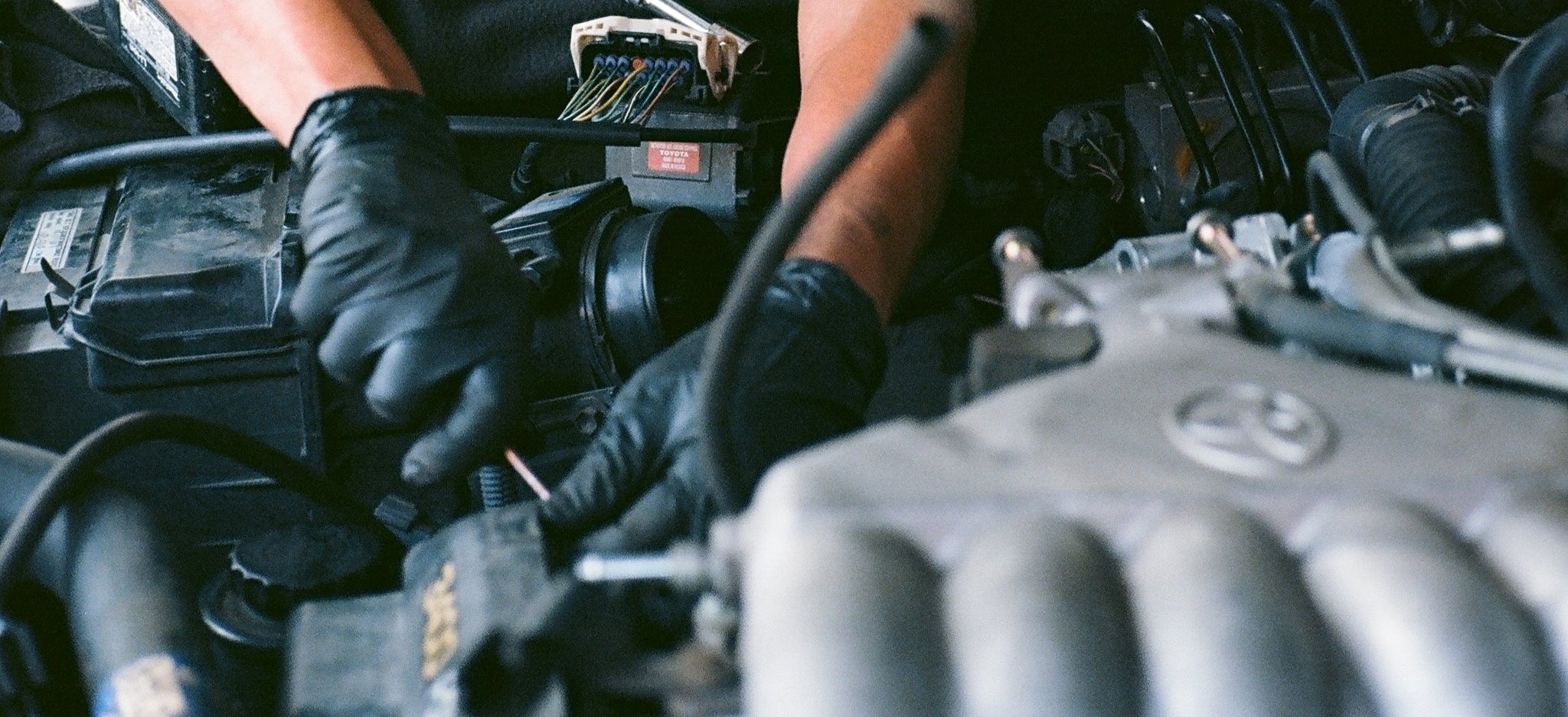Vehicle inspections are critical in not only ensuring that a driver of a company vehicle is safe, but that other drivers are safe as well. Negligence of vehicle inspections and maintenance could have dire consequences for a company in the event of an accident. This post outlines daily, monthly, quarterly, and semi-annual fleet vehicle inspection procedures that protect companies from the risks imposed by uninspected vehicles.
It should be noted that automobile inspections and maintenance should be performed on vehicles as required by law and as recommended by the manufacturer or a qualified mechanic.
The following are some inspection and maintenance procedures as recommended by the Canadian Council of Motor Transport Administrators to be performed on fleet vehicles as part of a preventative maintenance program:
Daily pre-trip inspections
Performed at the beginning of every shift by drivers.
- Do a circle check looking for damage and ensure that tires, steering, mirrors, brakes, and all lighting are working properly. Sign and date the circle check following each inspection.
- Check all water, oil, fuel and other fluid levels to ensure they are at acceptable levels for operation
- Ensure the radiator and gas caps are in proper working order and securely attached
- Check all hoses, belts and tire pressures
- Check for hydraulic and other fluid leaks
- For further information on daily inspections and circle checks, refer to your local Occupational Health and Safety Regulations
- Report any damage found to supervisors
Tier 1 inspections
Performed monthly or approximately every 5,000 km (3571 mi).
- Covers basic safety components such as lights, tires, cooling system, etc.
- Checks any problems reported by the driver as a result of daily pre-trip inspections
- Looks for obvious problems such as fluid leaks and signs of unusual wear on key components
- Immediate repairs can be done to critical or damaged components
- If a problem is not serious, the repair can be scheduled or performed at the vehicle’s next regular inspection
Tier 2 inspections
Performed every 2 or 3 months or approximately every 10,000 to 20,000 km (7143 – 14286 mi).
- Checks the same components as the Tier 1 Inspection
- Checks additional components
- Replace worn hoses, brackets and filters
- Check brakes for adjustment and measure for wear
- Tune up the engine
- Follow up on problems noted in the Tier 1 Inspection
- Grease and lubricate fittings
Tier 3 inspections
Performed every 6 months or approximately every 60,000 km (approximately 45,000 miles).
- Inspect all elements of Tier 1 & 2 Inspections
- Inspect, repair or replace any remaining vehicle systems and components
By consistently having fleet vehicles inspected, companies drastically reduce the risk imposed by ill-maintained vehicles.
ClearRisk's Claims, Incident, and Risk Management System now includes a Fleet Management Module to track your vehicles from purchase through maintenance to retirement. Want more information?
If you found this article helpful, you may be interested in:
.png?width=1050&height=450&name=email%20signature%20(4).png)






Your comments are welcome.